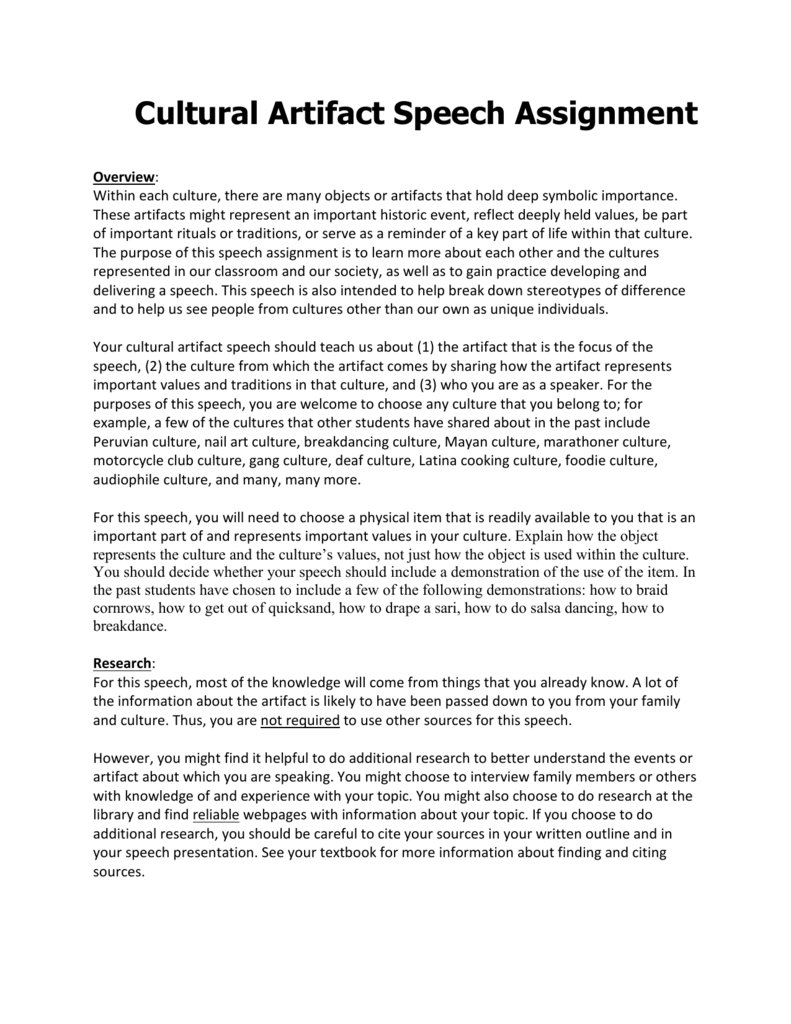

Coins CultureĬoins have been used by many cultures throughout history and are a sign of evolution from simple trade to market-based and retail cultures. Several were found in Tutanhamun’s tomb, while the oldest remaining boomerang is from Poland and dates back 20,000 years. Interestingly, while boomerangs are almost synonymous with Australian Aboriginals, they were used by other cultures as well. The oldest Aboriginal boomerang uncovered is about 10,000 years old. Images of boomerangs are depicted in Aboriginal rock art that is believed to be 50,000 years old. A similar artifact is the boomerang, which is also exclusive to Aborignal identity. Boomerangs – Aboriginal Australian Cultureīoomerangs are an artifact instantly identifiable with Aboriginal Australian culture. See more about weapons as artifacts in our article on examples of artifacts in archeology. Through this analysis, the movements and cultural activities of various tribes can be mapped out to gain a more thorough understanding of the history of the continent. Generally, over time, arrowheads in North America became smaller, due to technological advancements in arrow production. Archaeologists can date the activities on the land by examining the construction of the arrowheads. This is to ensure Native American cultural artifacts are not destroyed.ĭuring these surveys, the most common artifacts that are extracted are arrowheads. In many areas of North America, archaeological surveys need to be conducted before construction of new sites on virgin land. Examples from the present might include objects with which our culture may be identified in the future such as smartphones and motorcycles. In general discourse, a cultural artifact can be any object – past or present – with which a group is identified.Įxamples of cultural artifacts from the past include arrowheads and weapons dug up during archaeological digs. A cultural artifact is of particular importance because it can reveal information about the practices of the culture under analysis. In archaeology, artifacts are objects crafted by humans and found in excavations. They are uniquely identified with that cultural group, usually because they are a product of their culture. Cultural artifacts are man-made objects that are of importance to a cultural group.


 0 kommentar(er)
0 kommentar(er)
